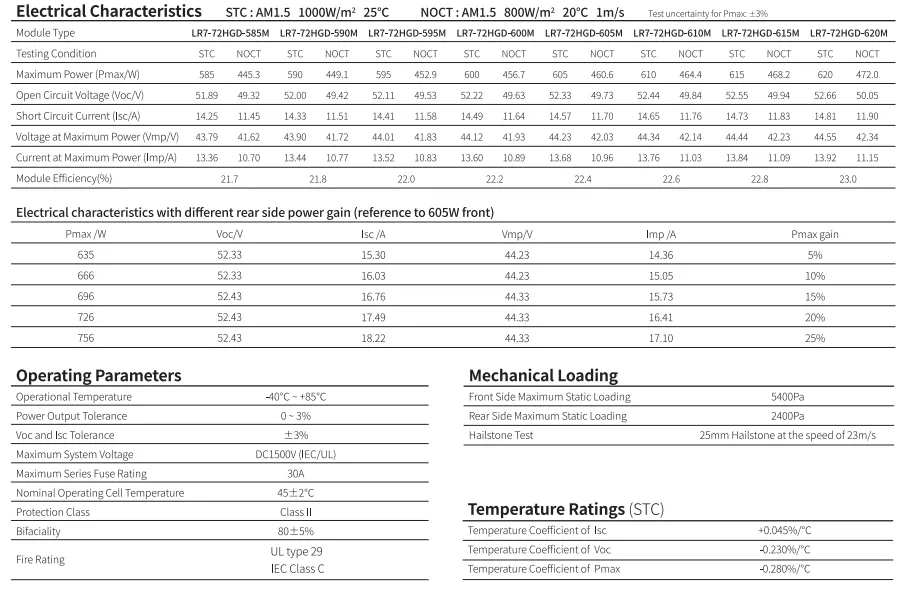solar hybrid inverter block diagram
A solar hybrid inverter plays a crucial role in modern renewable energy systems, particularly in residential and commercial applications. By integrating various energy sources such as solar panels, the grid, and battery storage, these inverters optimize energy use and enhance system efficiency. This article will delve into the key components and functionalities illustrated in a typical block diagram of a solar hybrid inverter.
At the heart of the solar hybrid inverter is the solar energy conversion unit. It converts direct current (DC) generated by solar panels into alternating current (AC) suitable for household appliances and the electrical grid. This process begins with solar panels capturing sunlight and converting it into DC electricity. The inverter then steps up this voltage to match the AC requirements of the electrical system.
Next, the block diagram showcases the battery management system (BMS), which is essential for systems that include battery storage. The BMS monitors the charge level and health of the batteries, ensuring optimal performance and safety during discharge and charge cycles. This functionality allows users to store excess solar energy generated during peak sunlight hours, which can be utilized during periods of low solar generation or grid outages.
Another vital component is the grid connection interface, represented in the block diagram as the point of interaction between the inverter and the utility grid. This interface not only allows for selling excess power back to the grid but also ensures that the inverter complies with local regulations and safety standards. The inverter automatically synchronizes its output with the grid, enabling seamless transitions between solar, battery, and grid power.
solar hybrid inverter block diagram

The control unit, often depicted at the top of the block diagram, serves as the brain of the hybrid inverter. It manages and optimizes the flow of electricity between the solar panels, battery, and grid, ensuring that energy is utilized efficiently. Users can often monitor this system through a user-friendly interface, which provides insights into energy production, consumption, and battery status.
Additionally, solar hybrid inverters come equipped with advanced features such as peak shaving and load management. Peak shaving helps reduce energy costs by minimizing consumption during peak pricing hours when grid energy is most expensive. Load management enables users to control specific appliances, optimizing energy use based on availability.
In summary, a solar hybrid inverter represented in a block diagram showcases a complex yet efficient system that enhances the utilization of renewable energy. By combining solar energy generation, battery storage, and grid connectivity, these inverters play a pivotal role in promoting energy independence and sustainability. As technology continues to advance, the integration of solar hybrid inverters will undoubtedly become a key component of our energy future.
-
Unlocking Energy Freedom with the Off Grid Solar InverterNewsJun.06,2025
-
Unlock More Solar Power with a High-Efficiency Bifacial Solar PanelNewsJun.06,2025
-
Power Your Future with High-Efficiency Monocrystalline Solar PanelsNewsJun.06,2025
-
Next-Gen Solar Power Starts with Micro Solar InvertersNewsJun.06,2025
-
Harnessing Peak Efficiency with the On Grid Solar InverterNewsJun.06,2025
-
Discover Unmatched Efficiency with the Latest String Solar InverterNewsJun.06,2025







